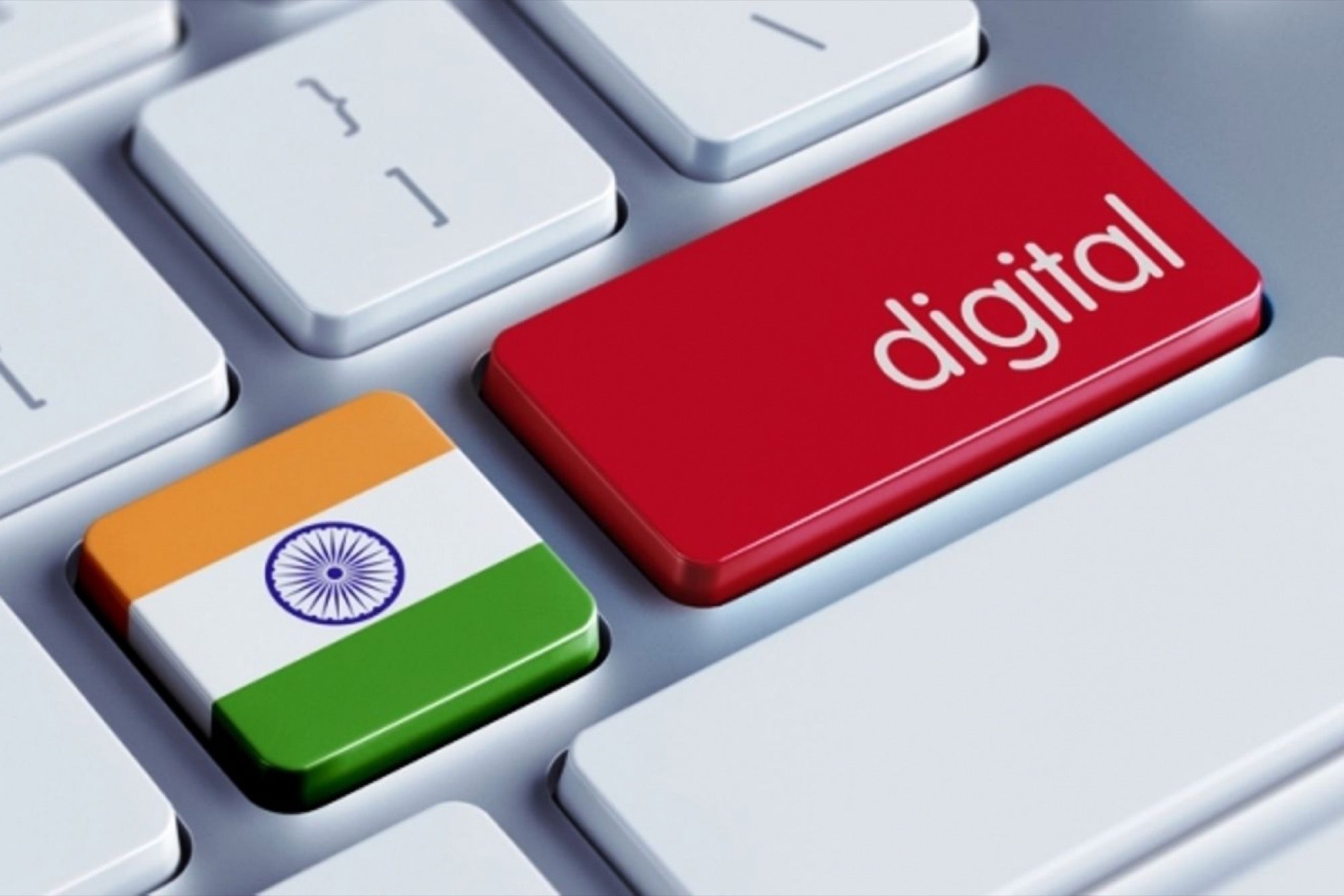How Digital Content Is Gaining Control Over Traditional Content? If a brand fails to capture the attention of its audience within seconds, it is doomed to obscurity
Opinions expressed by Entrepreneur contributors are their own.
You're reading Entrepreneur India, an international franchise of Entrepreneur Media.

Digital is the trademark of the modern world which has created a whole new reality- the virtual reality- where the global community comes together as one. On the platform of the World Wide Web, the digital content is as diverse as the netizens who create, produce and promote it. It is then not surprising that digital content is steadily taking over the traditional content in all spheres.
The Great Shift
While sifting through traditional forms of content is time-consuming, digital allows access to all sorts of information with just a few finger taps. It is not that people are lazy so they prefer to consume digital content. The audience that used to consume traditional content is same as the dynamic one which has now wholeheartedly adopted digital. It is because digital content is equally stimulating while being more inclusive as well as interactive.
Brands get the chance to interact, one-on-one with their consumers present in any part of the world through the digital medium. Interactive videos, such as ads which tell emotive stories, help a brand promote its product, as well as values, by hitting the right chord with the right audience at the right time. The end result of this type of communication is visible by evaluating the increase in website hits and how many of them get converted to purchases.
While the digital sphere has something for everyone, it offers enough filters to alter the scope of information which would make the content more receptive to the audience. This selection process which helps a person target their search to specific parameters also makes the user feel special. The more concentrated a person's research, and the better the results, the higher is the satisfaction quota.
The Old School
Traditional content generally targets the masses, because creating niche content for a small group is expensive as well as a risky endeavour. But digital has risen above these challenges. Irrespective of which form of digital communication is used, whether text, audio, video or multimedia, brands can now create and market stories which are produced solely for the "viewer' in particular and not the "mass' in general. Needless to say, such form of communication that can connect easily and instantly has an advantage over every other.
With better analytical tools at our disposal to understand the behaviour of growing number of netizens, one can now use this data to gain insight about how different types of digital content affects the buying decision of people. This type of information is invaluable for any brand. Getting such deep analysis from traditional modes of communication is a difficult and tedious process. Thus, companies have also started to prefer the use of digital content to reach out to their customers as the result of their efforts is easily calculable.
Advantages of The Digi World
Undoubtedly, digital is more real-time than traditional. As soon as product launches, people can go online and review its different aspects. This system can be repeated by different people at different platforms while providing a relatively unbiased and wholesome picture of the product's viability. This is a quick process that compared to traditional seems to happen almost in a jiffy. By the time the traditional modes of communication catch up, the digital citizens are done exploring the deal and move on to the next one.
It is a fast world where no one has the time to watch even three or four minute long videos. If a brand fails to capture the attention of its audience within seconds, it is doomed to obscurity. So unsurprisingly, digital influencers putting out Instagram stories of even something as tempting as a cheesy burger limit the videos to fifteen seconds or less.
Social media has added more value to digital content by making it easily accessible and more importantly, easily "shared'. In fact, the kind of content a person shares on his/her social media handles is used to judge their personality by their peers. This value of "share' button up-scales the worth of any content. This in turn increases the content's marketability.
The increasing smartphone and internet penetration in India is expected to boost the dominance of digital content over traditional by making it more accessible than ever.












